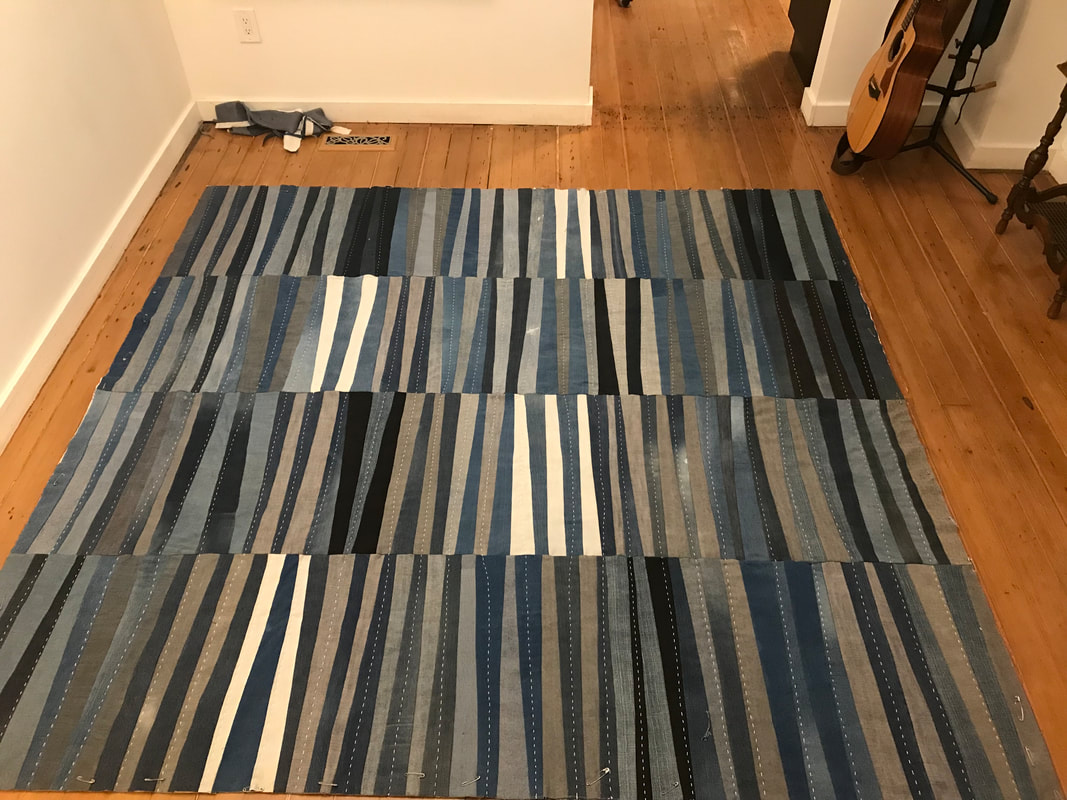Our hyper-accelerated culture calls for accelerated information delivery systems. We've reached the PechaKucha period: lectures delivered as 20 slides, 20 seconds each, with breaks that involve a cash bar.
It's not exactly new; this month marks the 10th anniversary of the very first PechaKucha — Japanese for chit-chat." (Here’s a fun way to remember how to pronounce it.)
Networking events and guest lectures never looked so dry and dull since I went to my first PechaKucha event. For the uninitiated, PechaKucha 20x20 is a simple presentation format dreamed up by a couple of architects living in Tokyo. The presenter speaks, the images roll, and before you know it it's all wrapped up. Next! If the content of each presenter isn’t enough to hold you for six minutes and 40 seconds, there’s usually plenty of entertainment watching that presenter getting the bum’s rush from the slides automatically moving forward. The pace and the party atmosphere keeps things rolling along nicely. No wonder PechaKucha has gone global.
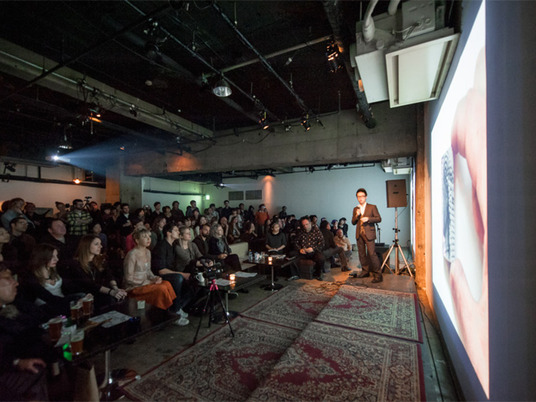
Sharing thoughts about the creative process, past projects and future explorations can be tough-going, I've discovered as I try to splice all my tangential thoughts together for an in-class PechaKucha next week. I’ve been scouring the official website for some good examples. One favourite is Gary Cheng’s insight into his incredible transformer Hong Kong apartment. If anything, he reminds me to have a little fun with the format.
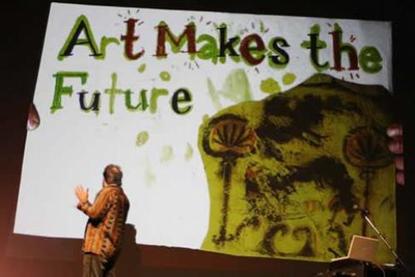
The winning format for these easily distracted times can be seeing locally next week, when Vancouver's Vogue Theatre hosts a special PechaKucha night on Feb. 28, with all presenters speaking to the topic, "Women Transforming Cities."
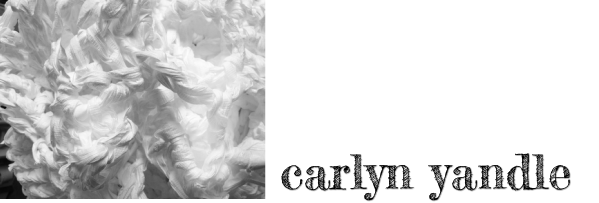
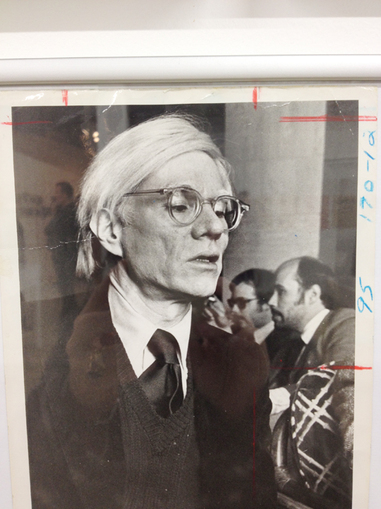
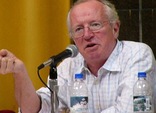
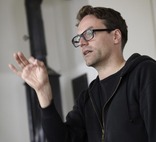
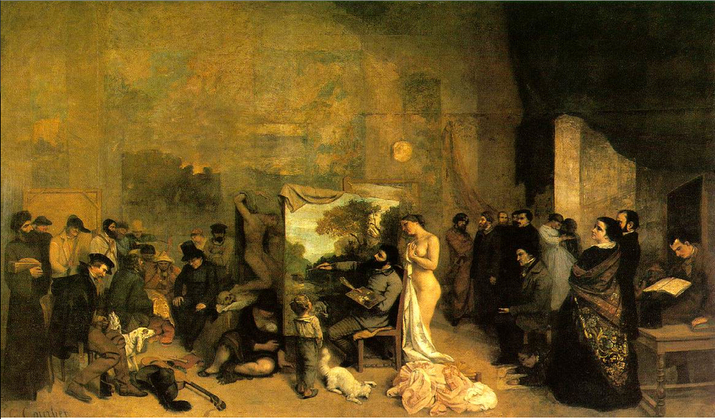
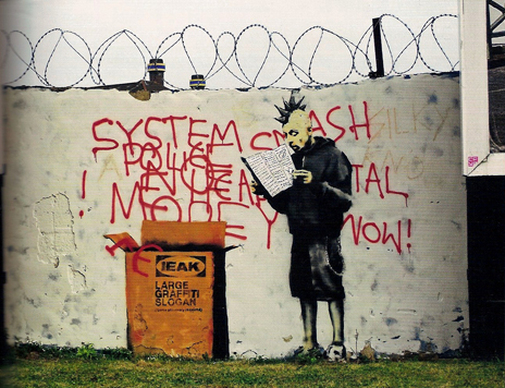
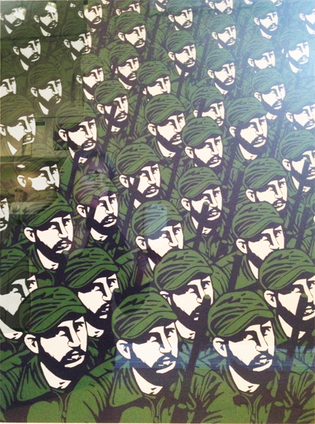
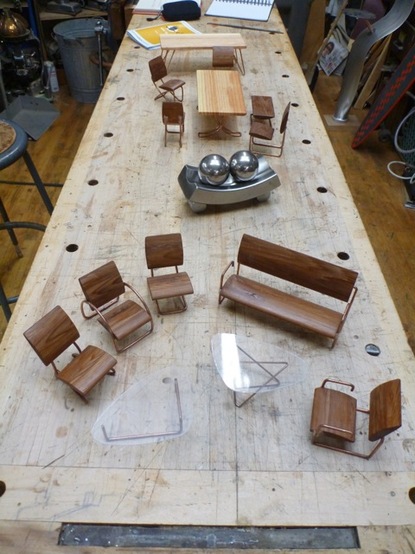
 RSS Feed
RSS Feed

